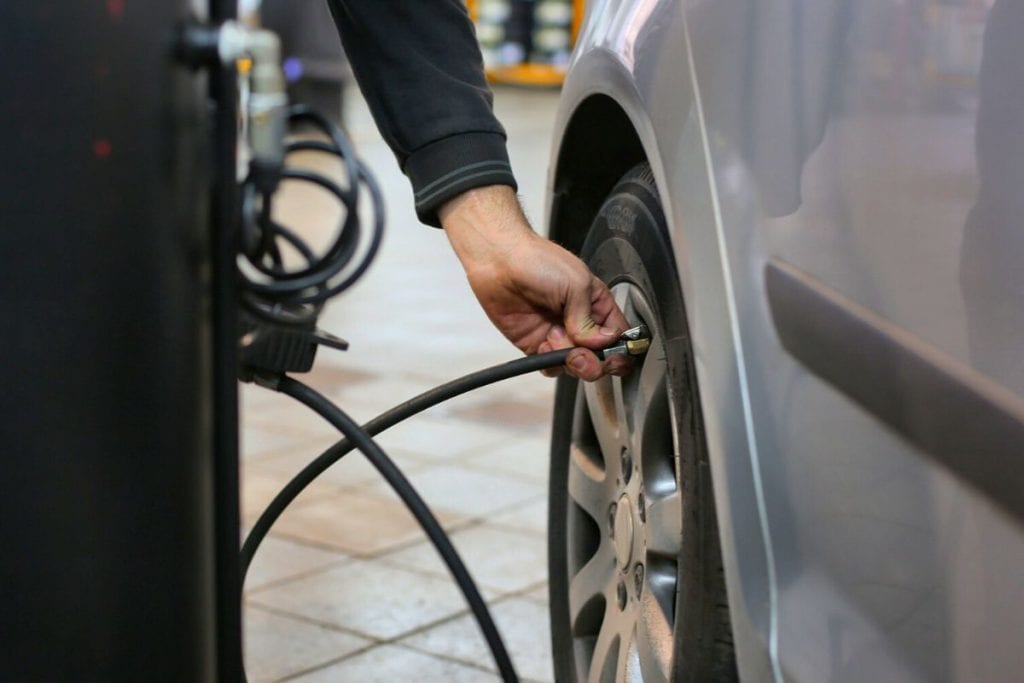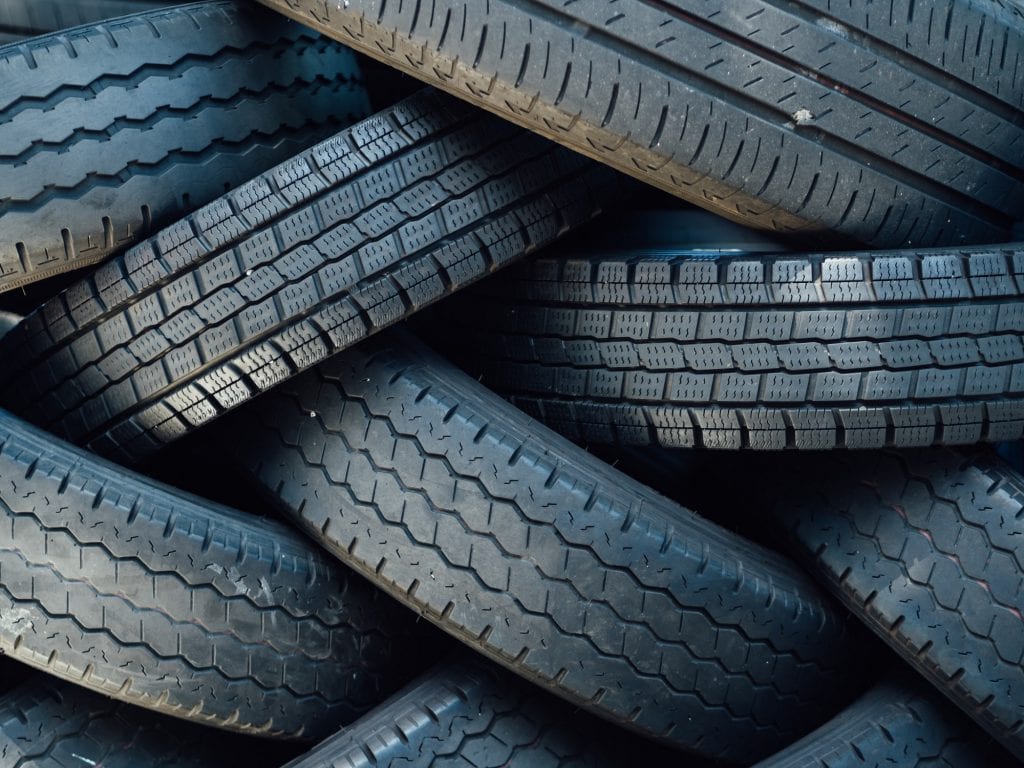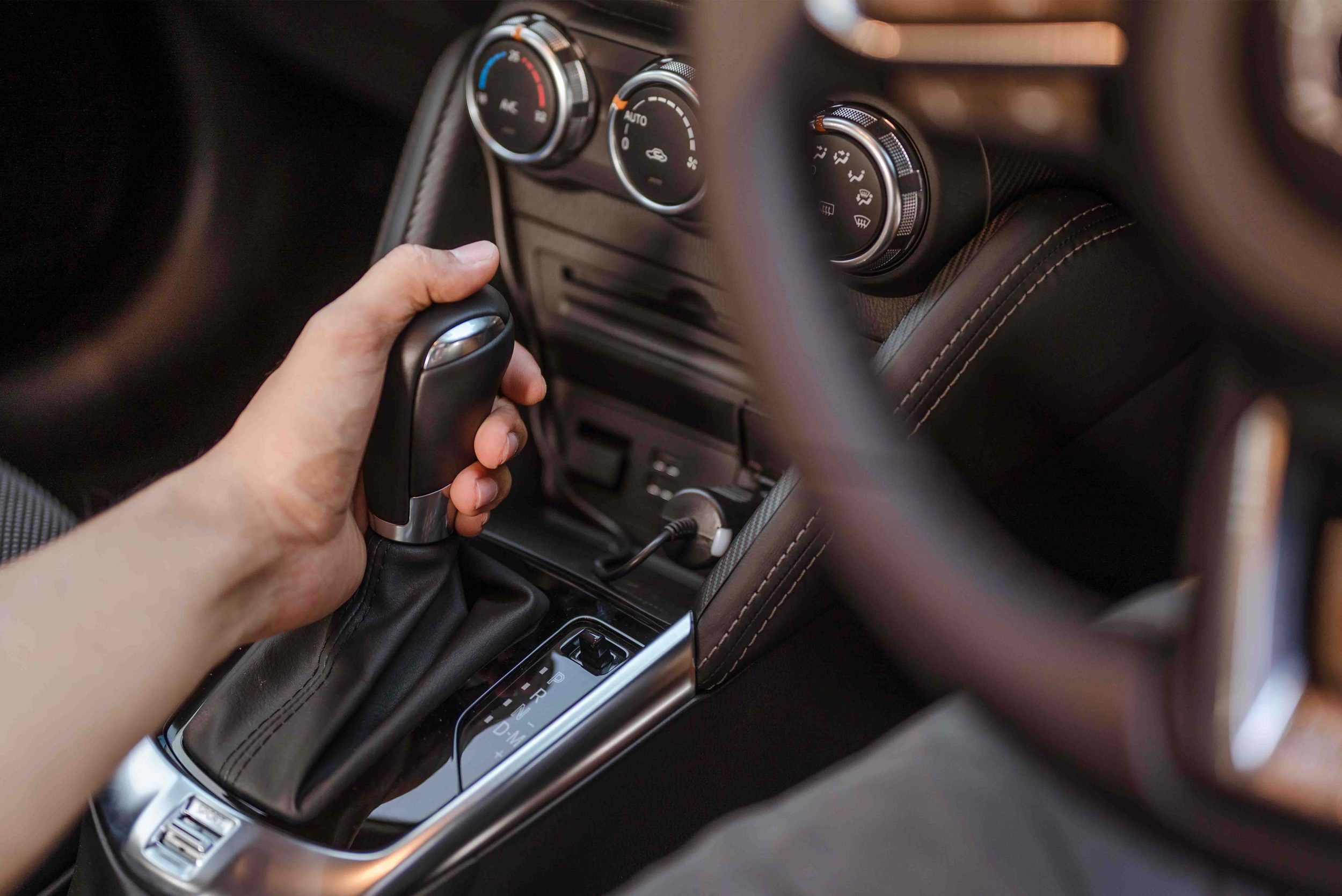Your car tyres are one aspect of your vehicle that you should keep a very close eye on. From punctures and flats to tread wear and inflation, there is a range of things you should check your tyres for on a frequent basis. As the part of your car that makes contact with the ground, a lot of your driving performance can be taken away with a worn pair of tyres and worse, if left for too long, your tyres can become a major danger to your driving.
Whether you are new to driving, revising for your theory test or just want to make sure you know all that you can, read on to discover what you need to check when looking at your car tyres.
Why is it important to regularly check your tyres?
Your tyres are essential for your car and when in bad condition they can pose a real danger to your driving. Unlike with other parts of your car, it may not be noticeable when driving that you are experiencing wear-and-tear on your tyres until it is too late and by checking them regularly you help prevent further issues down the line.
When should you check your tyres?
The rule on when to check your tyres can vary, and, from person to person, depending on factors like your vehicle, your tyre age, how far your drive and how frequently you drive. For the average driver, checking your tyres every few months should suffice. For those who drive frequently and cover large distances, the increased wear can mean it makes sense to check your tyres more often.
Whatever type of driver you are, if you plan to embark on a long journey you should be sure to do a tyre check before you go. This is to ensure they are in good stead for the trip and to make sure you don’t need to check them during the drive.
The most important thing to remember about checking your tyres is to do so when cool. When we drive, your tyres naturally heat up due to the friction caused by the road and so the checks we do might not be accurate. For this reason, you should check your tyres before a long journey, or even better to check them on a day you haven’t driven. It’s no problem if you have to drive a short distance to a garage for the checks, however.
What should tyres be checked for?
When checking your tyres, it’ll be three main things you are keeping an eye out for:
- Tyre pressure – are your tyres at a good pressure?
- Tyre tread – how worn is your tyre tread?
- Punctures and flats – have your tyres been damaged?
Tyre tread and damage can easily be checked at home or on the go, and tyre pressure can be checked using a tyre presser checker, or at an inflation pump. Some modern cars might even be able to warn you when your pressure is getting too low. Read on to find out how to check each of these elements and how to fix any issues you might find.

Tyre pressure
Your tyre pressure indicates how much air is in your tyres and how inflated they are. For a tyre to be most effective, your tyre pressure should be within the recommended pound per square inch (known as PSI.) An under or over-inflated tyre can be dangerous and have a dramatic difference on your driving performance.
How do I check my PSI?
Checking your PSI is a simple job and can be done using a tyre inflator at a petrol station, at a garage by a professional or with an at-home pressure gauge. Modern cars may even be able to indicate your approximate tyre pressure for you.
Using a pressure gauge or tyre inflator, simply unscrew your valve stem cap and attach. Then, you can top-up the air in your tyres if you need to. It’s most important that you do this check whilst your car tyres are cold, so only after a car has had a short journey or when it’s been stationary for a long time. You should never check your tyre pressure after a long drive as the friction can cause the pressure to skew.
What is the correct tyre pressure?
The appropriate pressure for your tyres will depend on not only the model of car you have and the tyres you have but also can be impacted by the weather.
To discover the ideal PSI for your vehicle, you’ll be able to find the information in your vehicle’s handbook but, in most modern cars, it’s likely to printed either inside the driver door or the fuel cap. It’s likely, on the average new car, you’ll be looking for somewhere between 32 and 35 PSI. This can change for larger and heavier vehicles.
However, it is worth being aware of the impact the temperature can have on your tyre pressure. In the warmer, summer months your tyre pressure is likely to be slightly higher due to the heat expanding the air within the tyres, and subsequently, in the winter it may be slightly lower. For the most part, this shouldn’t make a massive difference for day-to-day driving, however, if you are a frequent pressure checker, it might explain some subtle changes in pressure in a shorter period of time than you’d expect.
How do you inflate your tyres?
Inflating your tyres is a simple task that can be done easily at most petrol stations around the UK, can be done at a garage or at home with the right equipment. Some petrol stations may charge for air, but many have a free tyre pump, so, if you are a new driver it can be worth your while trying to keep an eye out for which of your local stations do.
When you’re at a tyre inflator, you simply need to set your preferred PSI (read the section above to discover how to find that out) on the machine, unscrew your valve stem cap (make sure to put these somewhere you won’t lose them!) and attach the pump to start inflating. Most inflators will show you the original tyre pressure on a screen and show you the increasing pressure, beeping or even cutting out when you reach your desired pressure. Some older machines may not let you set your PSI, however, by monitoring the screen you’ll be able to know when to stop inflating.
If it’s your first time, try and take someone with you who has done it before and go at a quieter time of day so there is less chance of another person wanting to use the machine.

Treadwear
Your tyre tread refers to the grooves within your tyres which are there to help grip the surface of the road when driving. Currently, UK law requires your tyres to have at least 1.6mm depth of tread around at least three-quarters of your tyre, any less than this and you risk being fined or even getting points on your licence so it’s important you monitor your tread regularly.
You should be sure to check each tyre individually, as they can wear at different speeds and replace tyres as and when they need it, rather than waiting until they are all in need of replacement.
What depth should my tyre tread be?
Conveniently, it’s very easy to check your tyre tread – in fact, you’ll only need a 20p piece. When you have your 20p, all you need to do is slot it into your tyre tread, if your tyre tread is too worn, you’ll be able to see the outer band of the coin, if not, it should be hidden within the tread. If the border of the 20p coin is hidden, this indicates that your tread is over 1.6mm, the legal limit in the United Kingdom.
Some new tyres have in-built Tread Wear Indicators (TWI) which will make it clear when the tread is too worn. The simple bands will sit in your normal tyre tread and can sometimes be coloured. When they are flush with the tyre it indicates that you’re reaching the 1.6mm limit and should look to get your tyres changed.

Punctures and flats
Punctures and flats can be an annoying reality and something you should be sure to be aware of when driving. Unfortunately, there will be times when debris on the road can get caught in your tyres and cause them to deflate. This can be something that happens quite quickly so if you do feel as though, whilst driving, your handling deteriorates quickly, or you hear any unusual noises you should pull over to check.
It’s also possible to get what is called a slow puncture, where air is let out slowly and you may not notice right away that it has happened. This is why, when approaching your car doing a visual check to see whether all of your tyres look to be about the same inflation is important.
What to do if you have a flat tyre
If you have a flat tyre, you should immediately pull over to fix it. Driving with a flat tyre isn’t safe and can damage your car. If you have a flat tyre, there are a few things you can do:
- Replace the tyre with a spare
- Use a puncture repair kit or tyre inflation kit
- Call for assistance
Which of these three options you choose will depend on the situation you are in and the tools you have to hand.
Replace the tyre with a spare
For those who have a spare tyre (usually stored in a compartment underneath the boot lining), you can replace the tyre with a spare. For this, you’ll also need a jack and a wrench to remove the wheel nuts. However, if you aren’t confident you will be able to change the tyre effectively you should ask someone who knows how to help you or alternatively call for assistance.
Use a puncture repair kit or tyre inflation kit
In newer cars, it can often be the case that, rather than a spare tyre in the boot, you’ll be provided with a puncture repair kit or tyre inflation kit instead. These kits are intended to give you a quick fix for the issue so you can drive your car to a local garage in order to get a new tyre fitted. These kits should always come with instructions to use them and are only temporary fixes.
Call for assistance
If you do find yourself with a puncture whilst driving and either don’t have the supplies for the above actions or don’t feel confident in the above actions, you can always call for assistance. You may find that this breakdown cover is provided by your insurance company. For example, even with our one day car insurance cover, you’ll be able to get breakdown cover from the RAC which will cover you to call for assistance. This way, a professional can assist you and help you get back on the road.
Knowing that your car is in the best shape it can be is essential to a safe drive, and, with this guide, we hope that now you can be confident in checking your tyres regularly for damage or wear-and-tear.
For more guides, tips, and advice, make sure to head to our news page.



